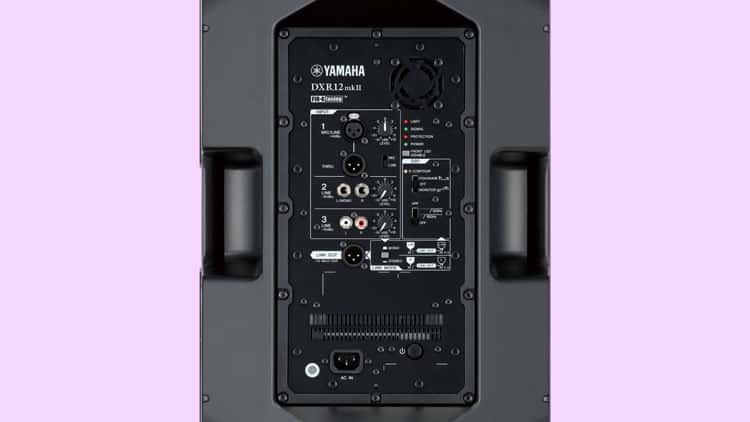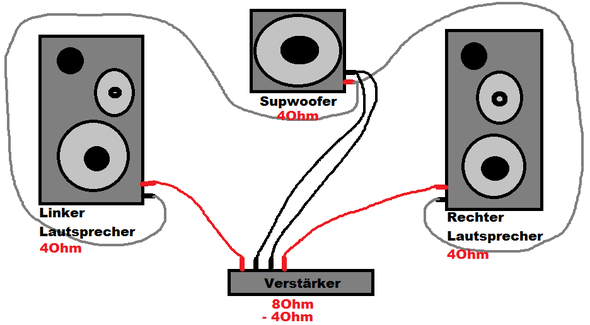
Subwoofer | Aktiv | Passiv | IMG Stage Line | Omnitronic | Vonyx | LD Systems | Basslautsprecher | Tieftöner Subwoofer | Tieftöner | Basslautsprecher - SOUND SYSTEMS

Subwoofer Kabel - Richtig anschließen und verlegen - Subwoofer anschließen, Subwoofer einbauen - Auto Subwoofer Test







![subwoofer [AV-Wiki] subwoofer [AV-Wiki]](https://av-wiki.de/_media/saxx-ds12.jpg)













